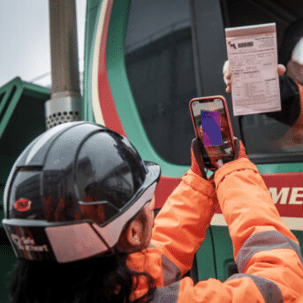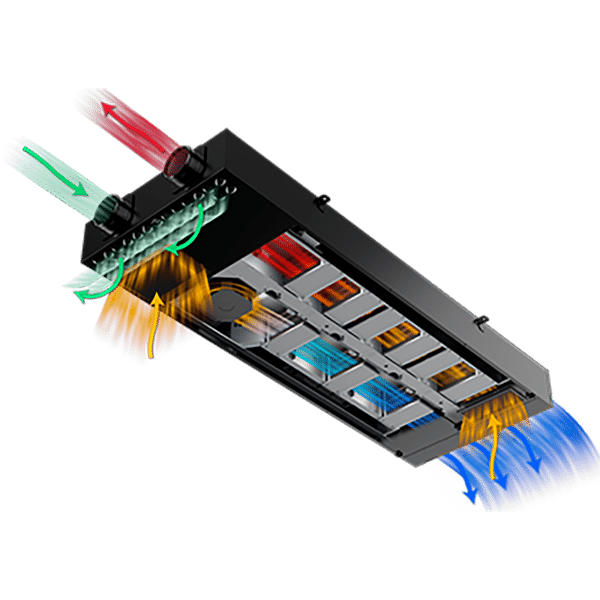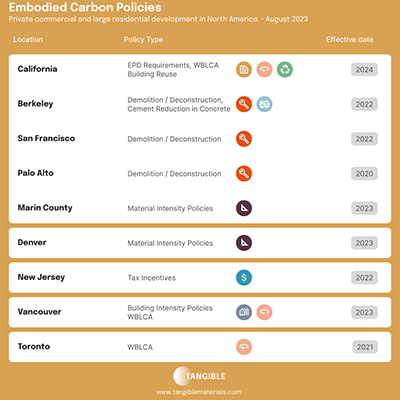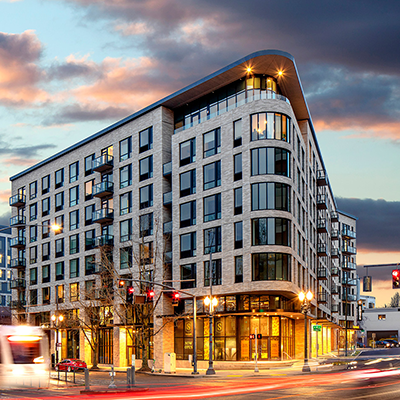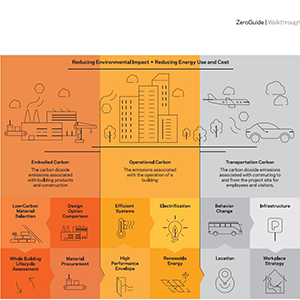A Journey in Bamboo Construction and Community Regeneration
Article by Beth Huggins and Cristina Valdivieso
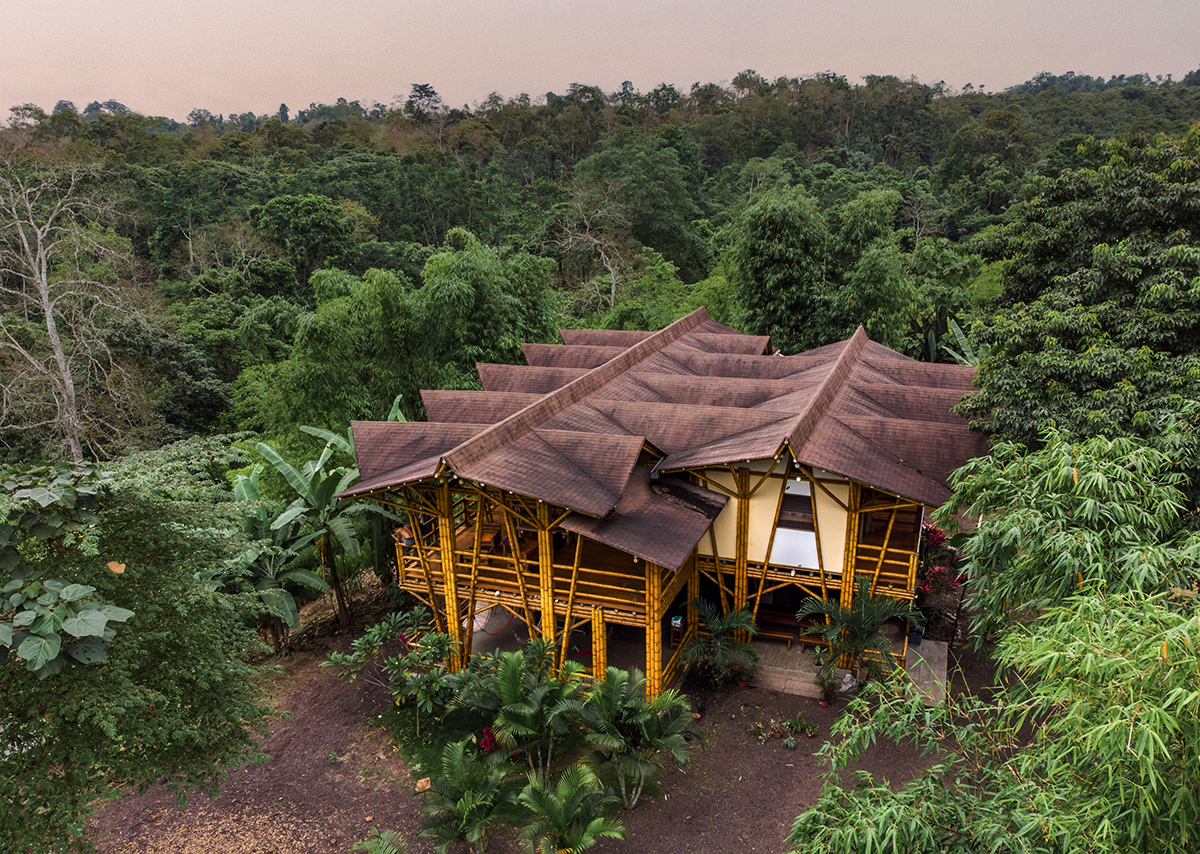
RFI’s bamboo house in the middle of our 70-acre regenerative farm, Los Arboleros.
As members of the Regeneration Field Institute (RFI), we have witnessed firsthand how innovative approaches to building and agriculture can transform communities. Regeneration Field Institute (RFI) is an educational institution, training center, and agroforestry operation in the province of Manabí, Ecuador. Our projects range from disaster relief and bamboo building to regenerative agroforestry, land management and watershed restoration practices.
Construction and agriculture are major contributors to CO2 emissions and decreasing global biodiversity. Our projects in construction, agroforestry and restoration aim to reduce the carbon footprints of these two industries, one project at a time, while also providing jobs and opportunities to local communities.
Our vision transcends conventional practices; we dream of a world where every new building contributes to a net negative carbon footprint, and where sustainable bamboo forests thrive, providing both economic and ecological benefits to Ecuadorians and to the world at large.
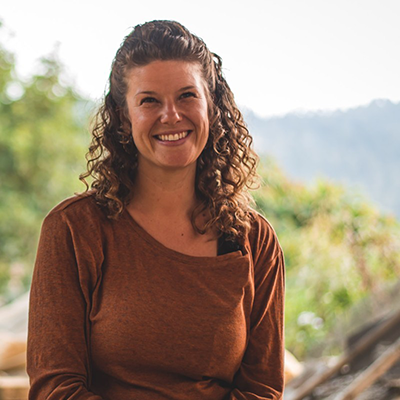
Beth Huggins
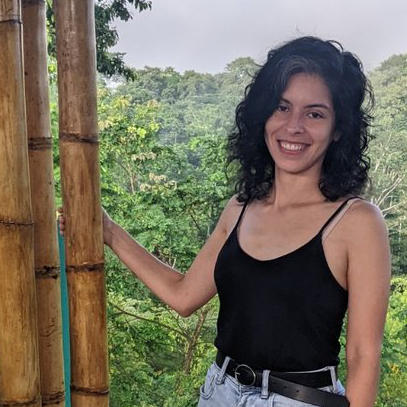
Cristina Valdivieso
The Spark of Bamboo
In April 2016, northern Manabí, Ecuador, was struck by a devastating 7.8 magnitude earthquake. The catastrophe shook the country to its core; it was the strongest earthquake Ecuadorians experienced since the beginning of the 20th century. Northern Manabí was devastated, with entire towns and cities collapsed to the ground, hundreds dead and thousands injured. Thus began our journey as bamboo builders and advocates: to date we’ve built 25+ seismically safe homes and 60 other business and shelter structures with Guadua bamboo.
Why Bamboo?
Bamboo is a rapid growing, strong and flexible plant, and technically a “giant grass”.
One of the best features of bamboo is how fast it grows compared to other woody products such as timber. Harvesting for construction occurs when the plant is only 4 to 6 years old. And after harvest the plant continues to grow. Additionally, bamboo can sequester carbon at a rate of up to 400 tons of carbon per hectare over a growth cycle. In comparison, a fast-growing tree plantation might sequester about 100-200 tons of carbon per hectare over a similar period.
After collaborating with communities to rebuild seismically safe houses with bamboo, we discovered another value bamboo could bring: to restore degraded soil, land and ecosystems.

Student working on a bamboo bus stop near the city of Chone, Ecuador. Bus stops are heavily used by lower income families and residents of smaller villages to go to work and access basic resources, so we find it essential to make them comfortable and shaded. This protects users from the harsh tropical sun and the heavy rains typical of the region.
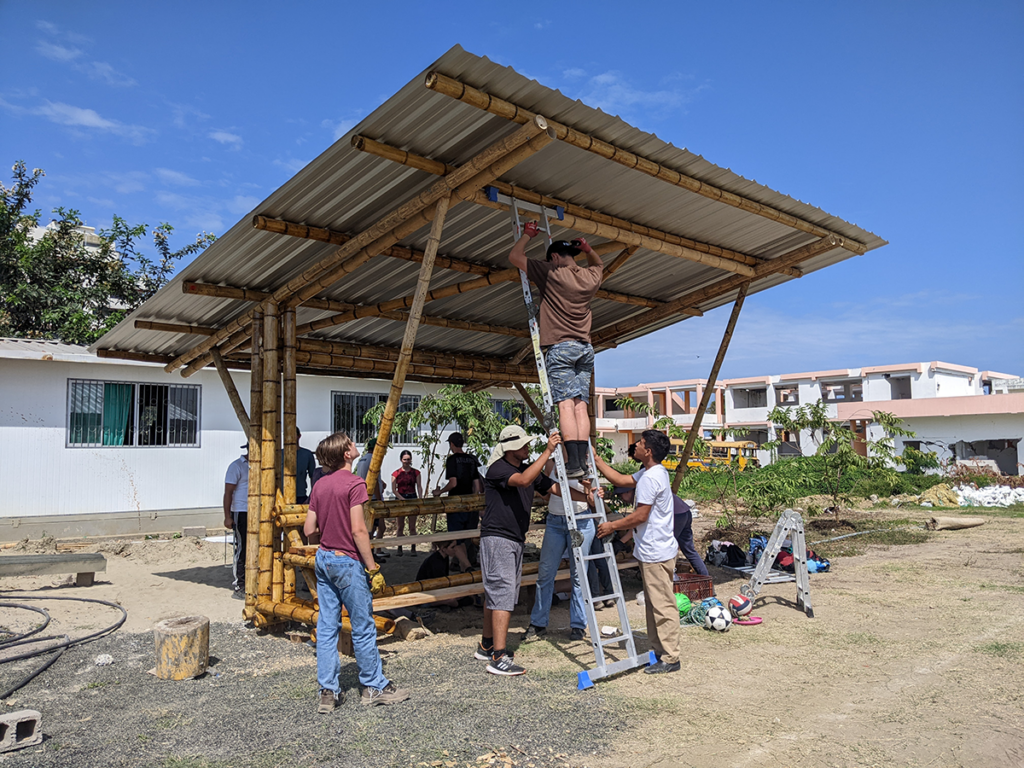
Students finishing the last touches on a shaded bamboo bench for a soccer field in “Eloy Alfaro” elementary school, in Bahía de Caráquez, Ecuador.
Bamboo groves enhance soil health and protect riparian zones. They also create habitats for birds, insects and endangered Mantled Howler Monkeys.
Environmental Justice and Community Engagement
At the heart of the Regeneration Field Institute’s mission lies a deep commitment to environmental justice and active community engagement. Our approach transcends traditional disaster relief efforts; we aim to empower and uplift communities while addressing critical environmental issues. For example, after 6 years of earthquake relief, we began to look upstream at the causes of the landslides and economic instability which made the 2016 earthquakes as disastrous as they were. Seeing the overgrazed hills of cow pasture and extensive monocrops of shrimp, bananas and cacao driven by frequently shifting international markets, we saw depleted soils, destroyed habitats and an undiversified economic system setting up its owners for periodic cataclysm. For reference, in the province of Manabi only 2.23 % of the primary forest exists today.

Students visiting a local primary forest, 30 min drive from our farm. This forest is owned by our friend and collaborator Professor Luis Andrade, a community leader and activist who actively conserves the intact vegetation to show visitors and researchers what the land in Manabí used to look like before intensive monocrop agriculture took hold.
We began working closely with local communities, understanding their needs and harnessing their knowledge. Our work was not only about building structures but also about rebuilding lives and ultimately ecosystems. RFI’s initiatives grew to include regenerative agroforestry, ecosystem restoration and land management to address the environmental challenges communities are facing like the flooding, sedimentation of waterways, and loss of wildlife present in most of coastal Ecuador.
Cultivating Partnerships for Wider Impact
Our approach is a testament to the power of community-centric models in fostering environmental justice and resilience. Through our bamboo construction projects and beyond, we continue to strive for a world where communities are not just beneficiaries but active participants in creating sustainable and regenerative futures. Environmental justice and community engagement extend through partnerships with local governments, NGOs, and student education programs. Through these networks, we amplify our impact, reaching more people and integrating innovative perspectives into our projects. Our education programs help build research initiatives which work to innovate our work and share it with a wider audience. We are passionate about this work not only happening in Ecuador but around the world and we take very seriously the mission to train the next generation of environmental activists to regenerate our bioregions and communities.

RFI Director, Lucas Oshun, giving some students a tour of our farm agroforestry systems. Pictured is the early stage of a restoration zone where we have a variety of crops coexisting together including turmeric, vetiver grass, and balsa trees to restore the compacted, overgrazed land.

